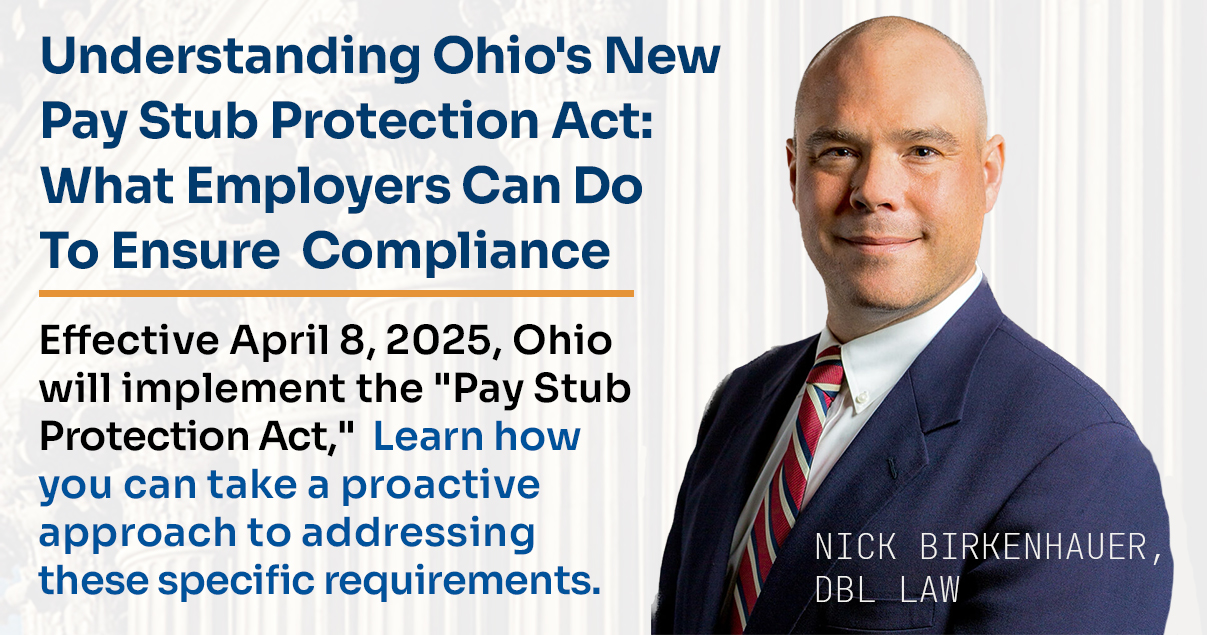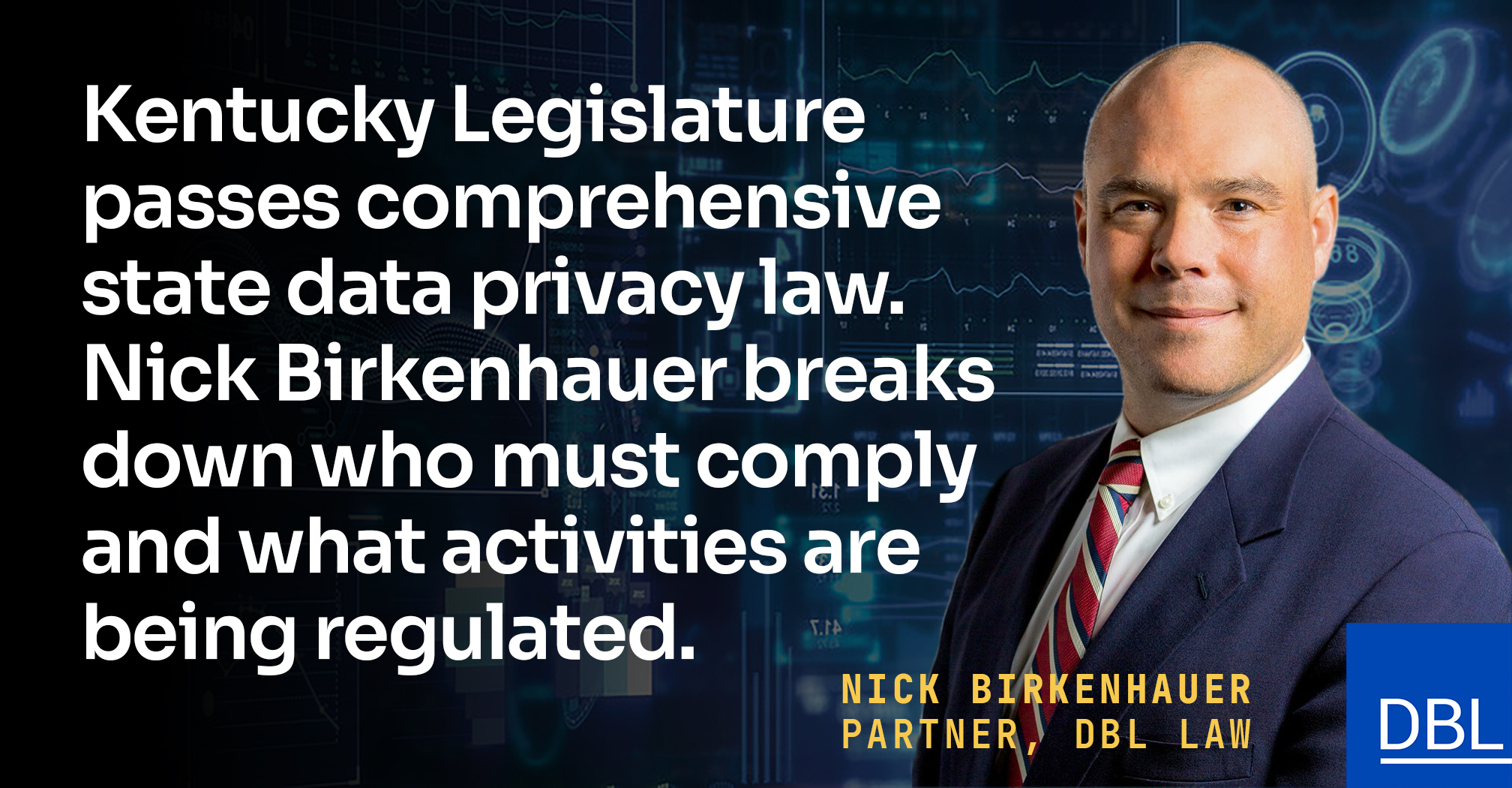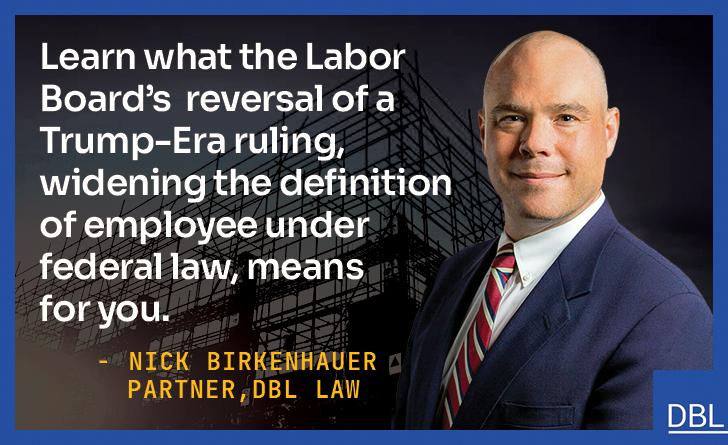The National Labor Relations Board’s controversial final rule revamping its procedures for union elections, commonly referred to as the “ambush” election rule, went into effect on April 14, 2015.
Under the final rule, the amount of time between when a union files a representation petition and an election takes place will be dramatically reduced from the current average of 38 days. In the past, it almost always took more than a month for elections to take place. Now, under the new rule, it can happen in as few as 13 days. The shortened time period for union elections will require employers to respond to union organizing activity rapidly and effectively.
Earlier this year, Congress voted to block the new rule, but President Obama vetoed that measure on April 1, 2015. A lawsuit filed by the Society for Human Resource Management (SHRM) and other business groups to prevent the election rule from taking effect is currently pending in federal court. A SHRM statement said the new rule “fundamentally and improperly alters the existing election process.”
Business groups strongly lobbied Congress to overturn the election rule, arguing that it gave labor unions an unfair advantage in workplace elections by failing to give employers sufficient time to make their case to employees. President Obama, however, took the position that the election rule represented “common-sense, modest changes to streamline the voting process for folks who wanted to join a union.”
Comparison of Former Procedures / New Procedures
To help assist employers and employees with understanding the parameters of the new election rule, the NLRB recently released the following table, which compares the former procedures for union elections to the new procedures created by the rule. The table is a useful quick-reference for employers still learning what these changes mean to them. Additional information from the Board is available at the National Labor Relations Board website.
| Former procedures | New procedures |
| Parties cannot electronically file election petitions. Parties and NLRB regional offices do not electronically transmit certain representation case documents. | Election petitions, election notices and voter lists can be transmitted electronically. NLRB regional offices can deliver notices and documents electronically, rather than by mail. |
| The parties and prospective voters receive limited information. | Parties will receive a more detailed description of the Agency’s representation case procedures, as well as a Statement of Position form, when served with the petition. The Statement of Position will help parties identify the issues they may want to raise at the pre-election hearing. A Notice of Petition for Election, which will be served with the Notice of Hearing, will provide employees and the employer with information about the petition and their rights and obligations. The Notice of Election will provide prospective voters with more detailed information about the voting process. |
| The parties cannot predict when a pre- or post-election hearing will be held because practices vary by Region. | The Regional Director will generally set a pre-election hearing to begin 8 days after a hearing notice is served and a post-election hearing 21 days after the tally of ballots. |
| There is no mechanism for requiring parties to identify issues in dispute. | Non petitioning parties are required to identify any issues they have with the petition, in their Statements of Positions, generally one business day before the pre-election hearing opens. The petitioner will be required to respond to any issue raised by the non-petitioning parties in their Statements of Positions at the beginning of the hearing. Litigation inconsistent with these positions will generally not be allowed. |
| The employer is not required to share a list of prospective voters with the NLRB’s regional office or the other parties until after the regional director directs an election or approves an election agreement. | As part of its Statement of Position, the employer must provide a list of prospective voters with their job classifications, shifts and work locations, to the NLRB’s regional office and the other parties, generally one business day before the pre-election hearing opens. This will help the parties narrow the issues in dispute at the hearing or enter into an election agreement. |
| Parties may insist on litigating voter eligibility and inclusion issues that do not have to be resolved in order to determine whether an election should be held. | The purpose of the pre-election hearing is clearly defined and parties will generally litigate only those issues that are necessary to determine whether it is appropriate to conduct an election. Litigation of a small number of eligibility and inclusion issues that do not have to be decided before the election may be deferred to the post-election stage. Those issues will often be mooted by the election results. |
| Parties may file a brief within 7 days of the closing of the pre-election hearing, with permissive extensions of 14 days or more. | Parties will be provided with an opportunity to argue orally before the close of the hearing and written briefs will be allowed only if the regional director determines they are necessary. |
| Parties waive their right to challenge the regional director’s pre-election decision if they do not file a request for review before the election. This requires parties to appeal issues that may be rendered moot by the election results. | Parties may wait to see whether the election results have made the need to file a request for review of the regional director’s pre-election decision unnecessary and they do not waive their right to seek review of that decision if they decide to file their request after the election. |
| Elections are delayed 25-30 days to allow the Board to consider any request for review of the regional director’s decision that may be filed. This is so even though such requests are rarely filed, even more rarely granted and almost never result in a stay of the election. | There will be no automatic stay of an election. |
| The Board is required to review every aspect of most post-election disputes, regardless of whether any party has objected to it. | The Board is not required to review aspects of post-election regional decisions as to which no party has raised an issue, and may deny review consistent with the discretion it has long exercised in reviewing pre-election rulings. |
| The voter list provided to non-employer parties to enable them to communicate with voters about the election includes only names and home addresses. The employer must submit the list within 7 days of the approval of an election agreement or the regional director’s decision directing an election. | The voter list will also include personal phone numbers and email addresses (if available to the employer). The employer must submit the list within 2 business days of the regional director’s approval of an election agreement or decision directing an election. |
Nick Birkenhauer is an attorney in the law firm of Dressman Benzinger LaVelle, with offices in Cincinnati, Ohio, Crestview Hills, Kentucky, and Louisville, Kentucky.




